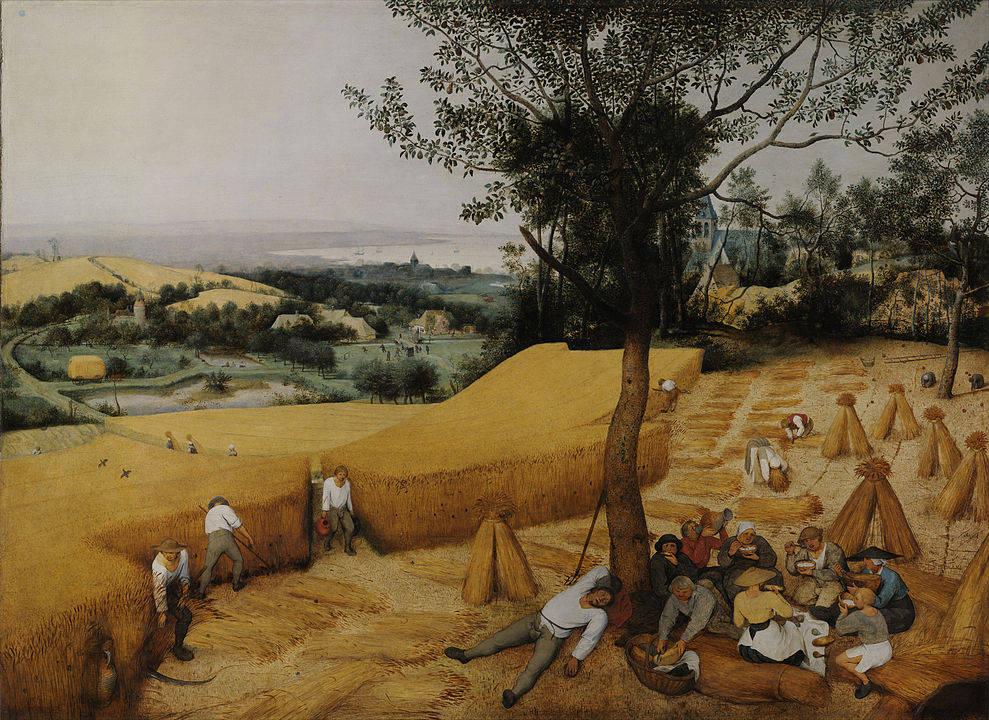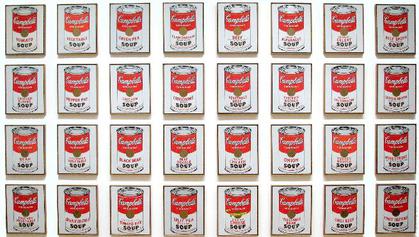
Most things are better when shared, including beer. If you have to imagine drinking buddies so be it. William Bostwick suggests eight such pals to help us better understand beer and ourselves. These eight avatars explain human history through the lens of beer making. In our modern times it is easy to dismiss the particularity of created products, something which was only recently done away with by way of the assembly line, mass production and, more recently, mass marketing. Humans remain in the loop for many things so some human stamp trickles down, and with that influence we leave behind a trace of the time and place when creating something, whether it be an automobile, song, or food recipe. A wonderful idea Bostwick conveys is considering beers as time capsules, “each pint… filled with the culture, politics, and habits of its age.”
The Brewer’s Tale provides a chronological rundown through the ages with a touch of prehistory and a decent amount of historical fiction when getting into the minds of our brewing forefathers and foremothers. The reader is taken to ancient places, dark northern places, inhospitable new lands, face-to-face with industrialization, modernity, capitalism and advertising. In each case the drinking partner channeled aids our appreciation of the challenges and delight in making beer in the respective times covered within each chapter. We see beer as a form of payment, a form of wealth, a way to make class distinctions, something that is regulated and taxed from the dawn of written history, a drink to be looked down upon, something that was of a different texture and flavor than what our post scientific society has become accustomed to. Beer was a way to get closer to the gods and closer to our fellow man. It was a point of pride for many towns, a safe means of drinking, and something monks relied on for sustenance and self-reliance.
Jugs from Babylon
We are asked to step back in time and appreciate the wonder and mystery of creating beer. While wine just happens, humans have to create the appropriate conditions for yeast to do its magic (fermentation as an active bubbling, boiling endeavor that surely brings ethereal spirits to mind). The close tie of grain, settlements, bread and beer. New craft heads are often surprised and a bit delighted when they hear about the bread versus beer theory of settlement and civilization. While the truth is probably not as cut and dry as one or the other, and truly it is difficult to separate the two when looking at the “beer” of Egyptian and Babylonians, there is sufficient circumstantial evidence to keep the “debate” going. Witness that some of the first written records discovered spell out beer recipes and deal with taxes and payments, often times done in beer rations. Pre-dating our writing are the stories we tell each other and among these also we see clear influences and the importance of beer (e.g., Gilgamesh, Ninkasi).
Our beer ancestors in this chapter: Sumerian, Assyrian, Babylonian, Egyptian
Our poetic/cultural residue: Gilgamesh, Ninkasi, Hammurabi
The Nordic shaman’s vessel
Beyond the civilizing aspect of beer making we cannot ignore the transcendent aspects of alcohol and narcotics. In most cultures there are rituals of getting in touch with the beyond, a higher plane. This has often times been coupled with food and/or beverages that can displace our day-to-day perception and alter our understanding of reality.
Our beer ancestors in this chapter: Germanic, Celt, Nordic; with the dissolution of big near East empires, gone were the mega breweries, instead we had local decentralized production, using whatever they could find based on scant trade and less than hospitable environs
Our poetic/cultural residue: Beowulf
Monk’s Brew
All manner of plants and spices used, both for medicinal and flavor purposes; gruit and taxes, of course; the revolutionary introduction of hops; [LEARNED SOMETHING] hops not only a spice alternative and preservative but a tax dodge (initially anyway) and a matter of ecclesiastical posturing: spices were under Catholic provision and taxation, the Protestants thus favored the Hop.
Our beer ancestors in this chapter: churches and monastic life
Our poetic/cultural residue: Canterbury Tales
Famers’ Bottle
Beers without category. Simply brewing with the materials at hand; not just a process but a state of mind, a matter of being. A strong focus on place; to be expected when dealing with wild yeast.
Our beer ancestors in this chapter: farmers
Our poetic/cultural residue: Brueghel’s The Harvesters
London Calling
British beer as the history of good and bad, poor and rich. As with so many things British, it’s about class: porter and/vs IPA. Science: thermometer, hydrometer, coke for malting. The rise and fall, and rise again, of IPA, from England to India to local consumption to US versions today.
Beer’s most recent history has been tied into the whirlwind that has snatched us all up: industrialization, modernization, expanded trade, economies of scale, and commoditization. As we developed technologies and advanced in science so did the beers we made change. This had to do with all aspects of beer making and packaging/presentation. Using coke allowed for better controlled malting, cheaper glass provided new vessels to drink out of and begin admiring the look of beers, greater distances required experimenting with ingredients and happening on happy accidents that survived the trip (IPA), pasteurization further increased the reach of beer distribution, especially when coupled with rail transport.
Our beer ancestors in this chapter: early industrialists
Our poetic/cultural residue: John Skelton’s The Tunnyng of Elynour Rummyng
Settlers’ Cask
George Washington’s Small Beer recipe. Early colonial/American beer was made of whatever was available. Many times molasses was resorted to in place of malted barley due to the difficulty of growing/expense of importing the latter. This was almost a step back to shamanic ways, minus the mind alerting ingredients.
Our beer ancestors in this chapter: colonists
Our poetic/cultural residue: Thoreau (“The Landlord”), Hawthorne, Whitman
Lager Expats
In bringing the story to the present time the author focuses on the growth of industrial beer, primarily in the United States, and it’s taxation from the 19th century onward. Despite having read Last Call, and granting that it was several years ago and it covered a lot of ground, I do not remember coming across the details that nearly a quarter of federal income at one point came from giant breweries. Directly related to this point, I do not recall the tie-in of the income tax with the prohibition movement. Once the government secured a new source of revenue it could afford, literally, to be less deferential to the brewing industry.
Our beer ancestors in this chapter: immigrants & beer gardens
Our poetic/cultural residue: Louis Pasteur’s Studies on Beer
Bigger, Better, Faster Yellow Fizz
By the mid to late 20th-century a new persona is channeled among the beer makers, or better said the taste makers, the adman (and woman). The inclusion of advertising and marketing is a sobering counterpoint to the previous, far back looking, sometimes romanticized past. Technology is not solely material but also has to do with the way we do things, how we understand the world and attempt to organize ourselves based on that interpretation. The television and radio had a ton to do with the conglomeration of American brewing and that can best be appreciated by taking advertising into consideration. This ending chapter is apropos to the author’s initial desire to understand the patina of beer. With the ad age most of that was lost. The giant breweries largely use the same ingredients, under the same processes, championed across the airwaves in similar fashion.

All told, an entertaining rundown of the two-way influence between beer and our civilization. There is the occasional flowery language, some strong imagery, and all without the author being too high on his own opinion. As a lover of beer, its history and social impacts you would do well to give it a go. Beware that the book is US-focused when it comes to contemporary notes and highlighted breweries (which until this past decade makes sense), while naturally paying homage to the beverage’s Lavant and European roots.
Notes
By Pieter Bruegel the Elder - PAH1oMZ5dGBkxg at Google Cultural Institute, zoom level maximum, Public Domain, Link
By User:Hu Totya - own picture, Fair use, Link